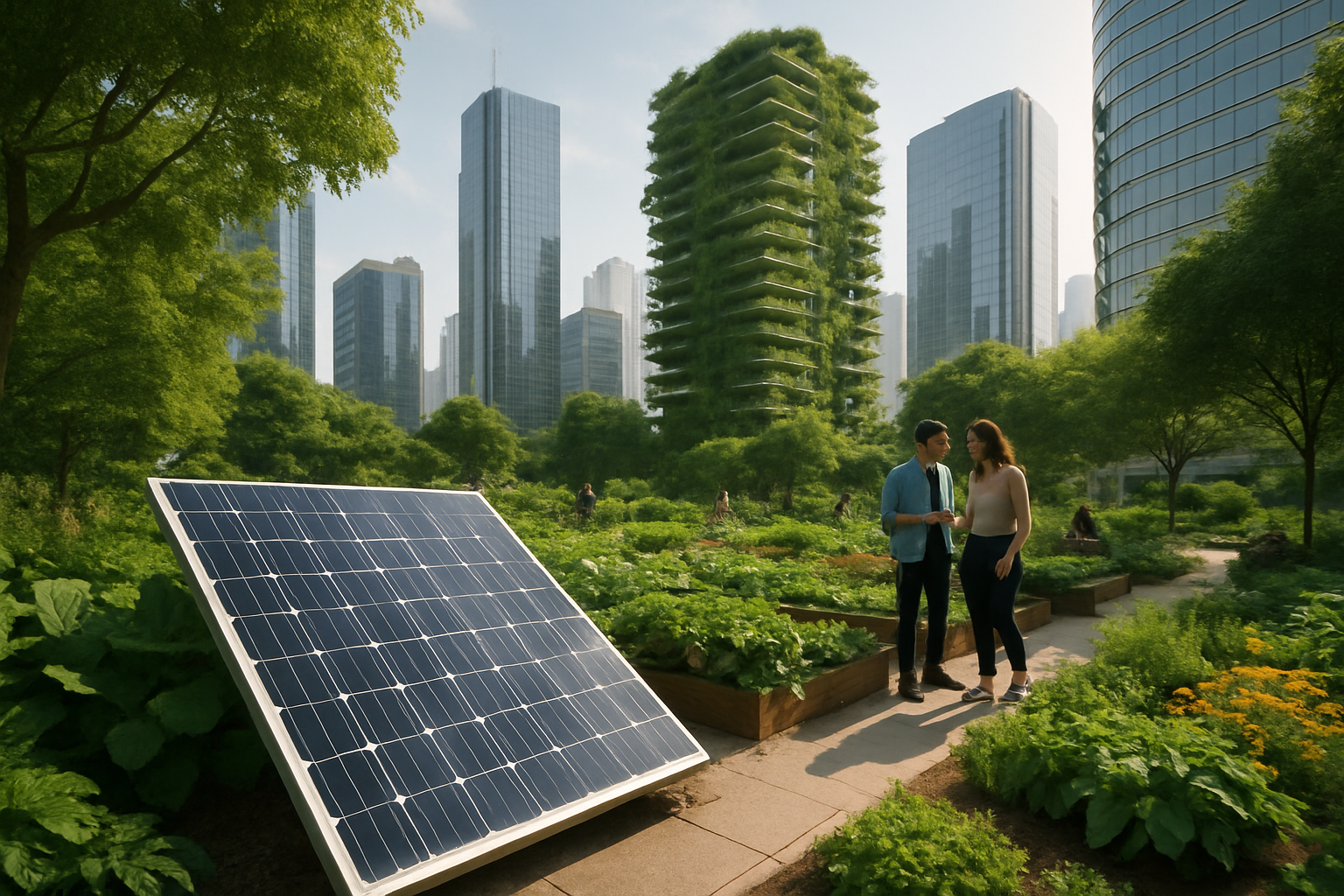Foraging for Urban Flavors: City-Sourced Cuisine
Discover the hidden pantry beneath your feet as we explore the world of urban foraging. This culinary adventure brings wild ingredients from city landscapes to your plate, offering a fresh perspective on local eating and sustainability. Nestled between concrete and asphalt, a surprising array of edible plants thrives in our cities. Urban foraging, the practice of harvesting wild food from city environments, is gaining traction among food enthusiasts and eco-conscious diners alike. This movement challenges our perceptions of what constitutes "local food" and opens up a world of flavors often overlooked in the urban setting.

From dandelion greens in park lawns to wild berries along bike paths, cities are teeming with edible flora. Foragers seek out these natural treasures, transforming weeds and overlooked plants into gourmet ingredients. This practice not only provides fresh, hyper-local produce but also reconnects city dwellers with nature and the origins of their food.
Identifying Urban Edibles
Safety is paramount when foraging in urban areas. Proper plant identification is crucial to avoid consuming harmful look-alikes or contaminated specimens. Many cities offer guided foraging tours led by experts who can teach newcomers how to identify safe, edible plants and understand local regulations.
Common urban edibles include chickweed, which adds a delicate, spinach-like flavor to salads; lamb’s quarters, a nutrient-dense relative of quinoa; and purslane, a succulent herb high in omega-3 fatty acids. Mulberry trees, often considered a nuisance for their messy fruits, provide a bounty of sweet berries perfect for jams or pies.
From Sidewalk to Table
Once harvested, urban foraged ingredients can elevate dishes with unique flavors and textures. Chefs are incorporating these finds into their menus, creating hyper-local, seasonal cuisine that tells a story of the city’s ecology. Home cooks can experiment with foraged ingredients to add depth and intrigue to everyday meals.
Try substituting dandelion greens for arugula in a peppery pesto, or infuse vodka with foraged juniper berries for a truly local gin. Wild garlic, found in many urban woodlands, can be blended into compound butters or used to add a punch to soups and stews. The possibilities are as diverse as the urban landscape itself.
Sustainable Snacking
Urban foraging aligns with sustainable food practices by utilizing resources that would otherwise go to waste. It reduces food miles to mere steps and encourages biodiversity in urban green spaces. As cities grapple with food security issues, foraging offers a supplementary food source that’s free and accessible.
However, it’s crucial to forage responsibly. Over-harvesting can damage ecosystems, so it’s important to take only what you need and leave plenty for wildlife and plant regeneration. Additionally, foragers should be mindful of potential pollutants in urban environments and avoid harvesting from areas with known contamination.
Community and Connection
Beyond the culinary aspects, urban foraging fosters a sense of community and connection to the environment. Foraging groups and workshops bring people together to share knowledge and experiences. This shared activity encourages a deeper appreciation for urban green spaces and can lead to increased advocacy for their preservation and expansion.
As more people engage with urban foraging, it has the potential to reshape our relationship with cities, viewing them not just as concrete jungles but as living, edible landscapes. This shift in perspective can lead to more sustainable urban planning and a greater emphasis on green spaces that serve both ecological and nutritional purposes.
Urban Foraging Tips & Facts
• Always verify plant identification with multiple sources before consuming
• Check local regulations regarding foraging in public spaces
• Avoid harvesting from areas that may be treated with pesticides or exposed to pollutants
• Use clean, sharp tools for harvesting to minimize damage to plants
• Wash all foraged items thoroughly before use
• Urban forests can produce up to 100 kg of food per hectare annually
• Over 75% of edible plant species can be found in urban environments
• Foraging can increase dietary diversity and improve nutrient intake
In conclusion, urban foraging represents a fascinating intersection of culinary exploration, sustainability, and community engagement. By rediscovering the edible treasures hidden in plain sight, we can transform our cities into bountiful gardens and our meals into truly local experiences. As this practice grows, it has the potential to revolutionize our approach to urban food systems and deepen our connection to the natural world that persists even in the heart of our concrete jungles.





